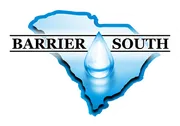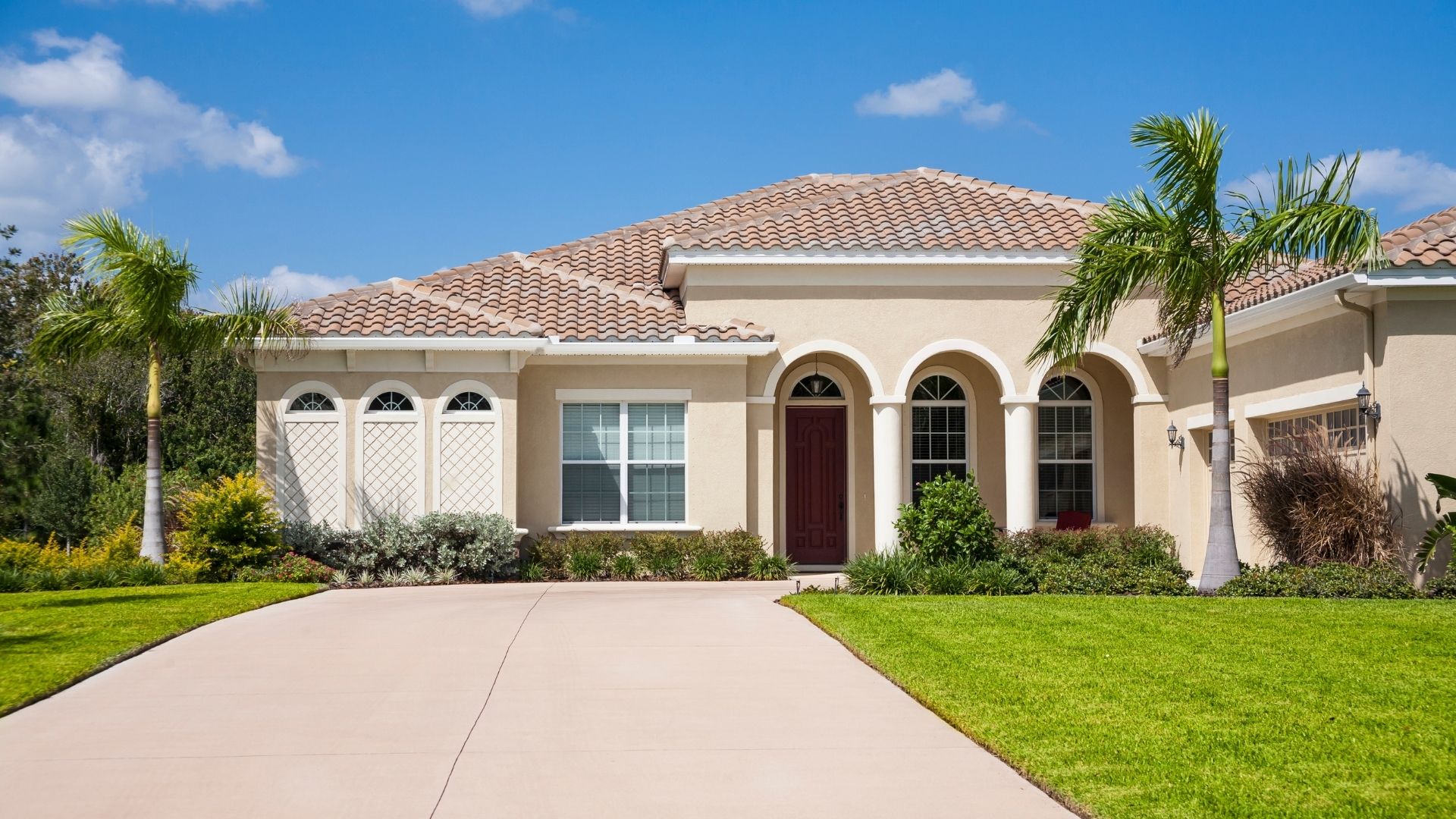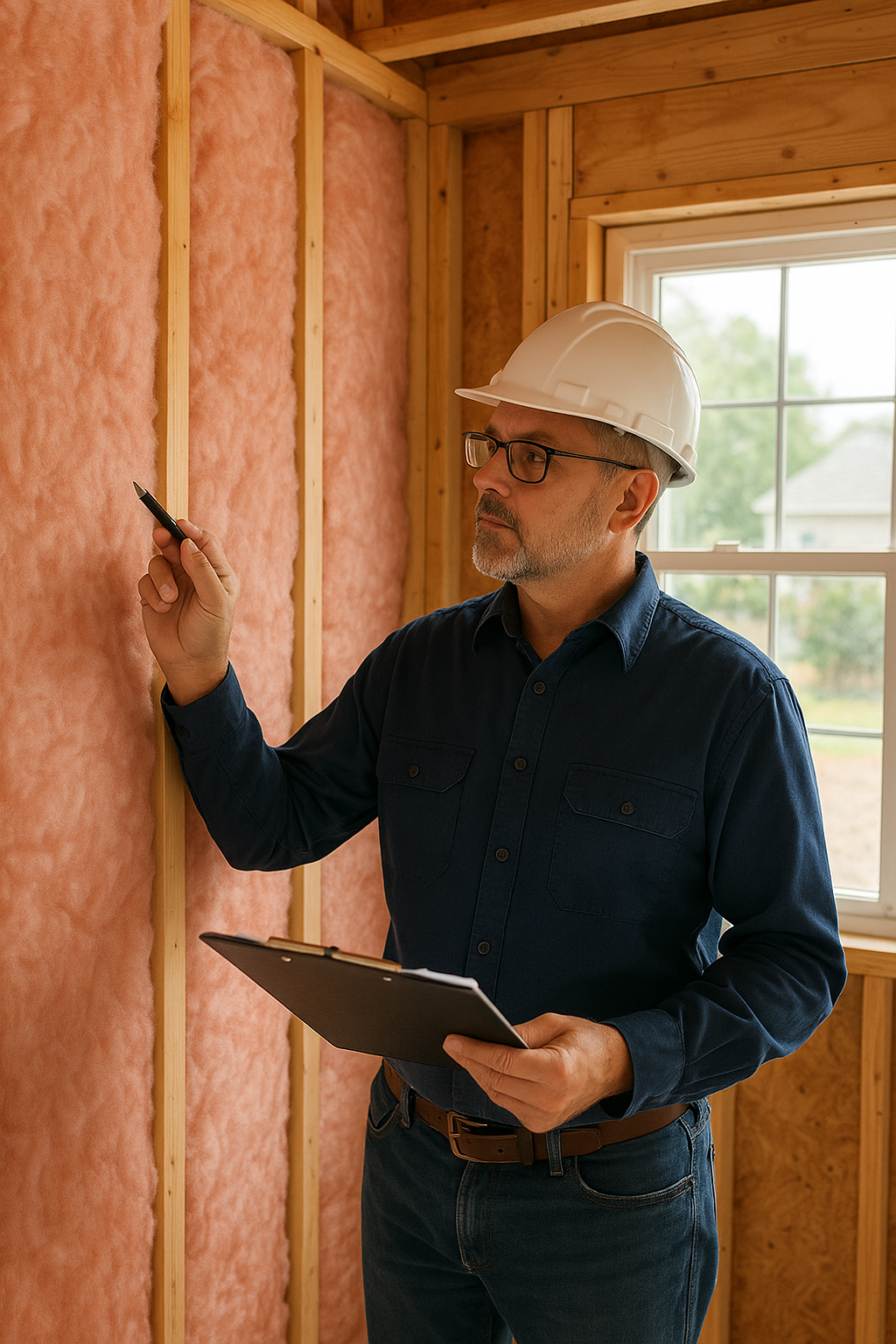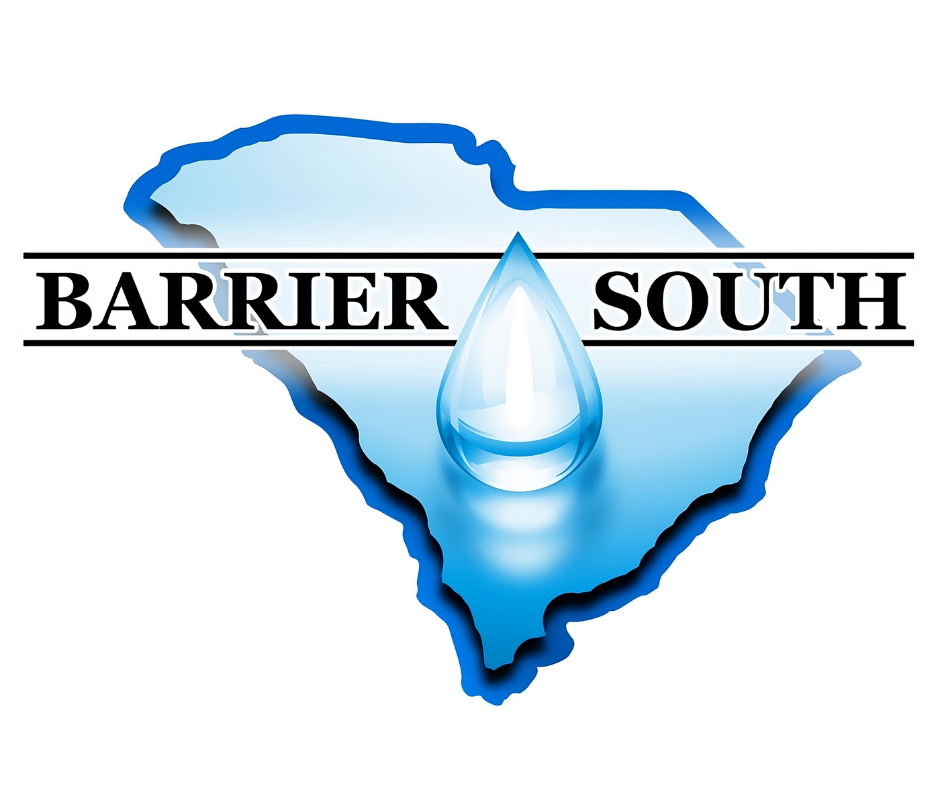

Every month, you’re paying more while getting less comfortable.
Some rooms are always too hot. Others feel stuffy and humid. Your AC runs constantly but never seems to catch up. Meanwhile, your energy bills keep climbing, and you’re left wondering why your home won’t cooperate.


We don’t guess about your home’s problems—we show you exactly what’s happening. Our certified professionals spend time in your home identifying every area where energy is escaping and comfort is being compromised.
From homes to large-scale commercial buildings, Barrier South delivers comprehensive thermal and moisture protection solutions that increase efficiency, durability, and comfort.
You will be satisfied with our work. Contact us today (843) 379-1414




From residential homes to large commercial builds, our premium insulation and moisture protection solutions deliver lasting comfort, efficiency, and reliability.

Our expert team installs high-performance spray foam for lasting comfort and energy savings.
Durable moisture protection for crawl spaces, basements, and foundations.


You can request insulation, waterproofing, or building envelope services by calling us or using our online form. We’ll schedule a convenient time for your inspection and quote.
Yes, Barrier South is fully licensed and insured, ensuring all work meets safety, performance, and industry standards.
Pricing is based on the size of the project, materials required, and scope of work. We provide detailed, transparent estimates before any job begins.
Most residential projects can be completed within one to two days. Larger commercial projects vary depending on complexity.
We proudly serve Georgia, South Carolina, North Carolina, Tennessee, and Florida.
Copyright © 2025 All Rights Reserved. | Website By: Social Ubiquity
I worked with Ben to obtain a quote for spray foam on an existing detached order. He was responsive and able to generate a competitive quote quickly. The company scheduled the job within a week. The technicians were prompt, protected personal property and finished the job on time. The spray foam has made a real difference controlling temp in an unventilated garage.